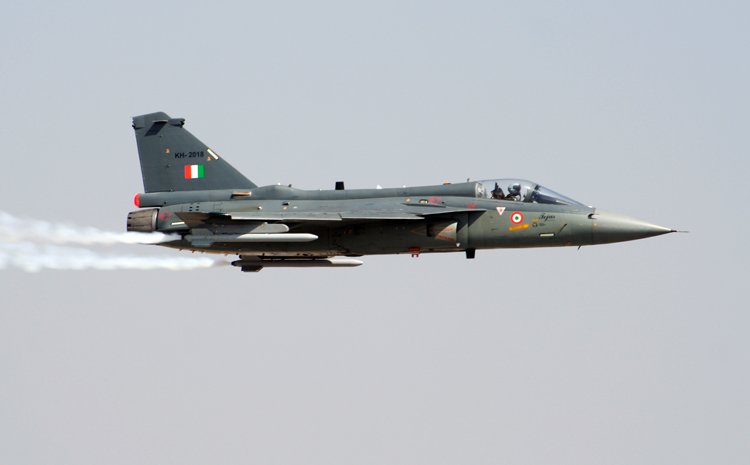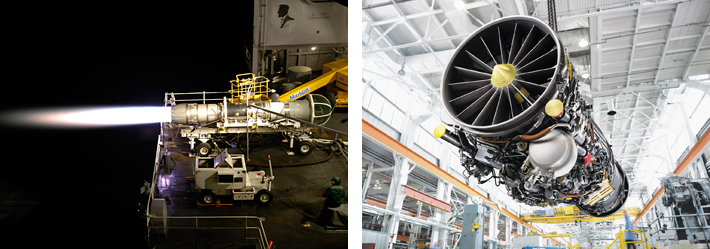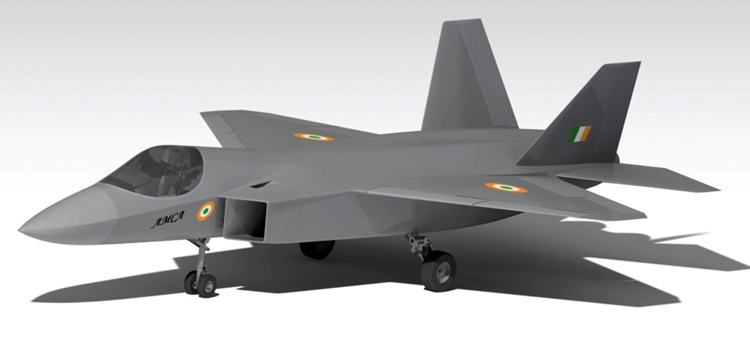INDIAN ARMED FORCES CHIEFS ON OUR RELENTLESS AND FOCUSED PUBLISHING EFFORTS

The insightful articles, inspiring narrations and analytical perspectives presented by the Editorial Team, establish an alluring connect with the reader. My compliments and best wishes to SP Guide Publications.

"Over the past 60 years, the growth of SP Guide Publications has mirrored the rising stature of Indian Navy. Its well-researched and informative magazines on Defence and Aerospace sector have served to shape an educated opinion of our military personnel, policy makers and the public alike. I wish SP's Publication team continued success, fair winds and following seas in all future endeavour!"

Since, its inception in 1964, SP Guide Publications has consistently demonstrated commitment to high-quality journalism in the aerospace and defence sectors, earning a well-deserved reputation as Asia's largest media house in this domain. I wish SP Guide Publications continued success in its pursuit of excellence.
- Operation Sindoor: Resolute yet Restrained
- India’s Operation Sindoor Sends a Clear Message to Terror and the World – ‘ZERO TOLERANCE’
- Japan and India set forth a defence cooperation consultancy framework, talks on tank and jet engines
- Terrorist Attack in Pahalgam in Kashmir: Unfolding a long surgical war against PAK
- Lt General Pratik Sharma takes over Command of Indian Army's Northern Command
Development of Tejas Mark-2 Approved
DRDO feels that the Tejas Mark-2 fighter aircraft would be in the category of the Rafale class aircraft in terms of avionics and capabilities but lighter in weight
 |
The Author is Former Director General of Information Systems and A Special Forces Veteran, Indian Army |

On August 31, 2022, the Prime Minister Narendra Modi led Cabinet Committee on Security (CCS) approved the development of the Tejas Mark-2 fighter aircraft with prototypes, flight testing and certification at a cost of 6,500 crore, in addition to the 2,500 crore sanctioned earlier. This is a major boost to the indigenous fighter aircraft development initiative. The Tejas Mark-2 fighter aircraft will eventually replace the Mirage 2000, Jaguar and MiG-29 combat aircraft of the Indian Air Force (IAF).
At present, 30 x Tejas fighter aircraft are in service with the IAF and two are being used to develop the MK-1As. The Defence Research and Development Organisation (DRDO) would be developing the Tejas Mark-2 aircraft with a GE F414 engine which is the advanced version of the GE F404s that power the existing Tejas fighters in service and the 83 Tejas Mark-1A which would start getting inducted into the IAF in the next couple of years. The government has also cleared that the engines to be used in the Tejas Mark-2 aircraft should be 'Made in India' after the initial development phase.
With more powerful GE F414 engines in the 98 kilonewton thrust class, the Tejas Mark-2 will have a longer combat range and greater capacity to carry weapons
According to Girish Deodhare heading the Aeronautical Development Agency (ADA), "Tejas Mark-2 fighter aircraft development project has been cleared by the government. This would pave the way for designers to develop an advanced 17.5-tonne single-engine aircraft. Development of new aircraft is to be completed by 2027." He also said that the first Tejas Mark-2 is likely to roll out in one year and added that the project would benefit from the progress made in the Tejas Mark-1A, also helping in the development of the fifth generation Advanced Medium Combat Aircraft (AMCA) project. The DRDO feels that the Tejas Mark-2 fighter aircraft would be in the category of the Rafale class aircraft in terms of avionics and capabilities but lighter in weight.

With more powerful GE F414 engines in the 98 kilonewton thrust class, the Tejas Mark-2 will have a longer combat range and greater capacity to carry weapons than the existing Tejas Mark-1 with GE F404 engine. The Tejas Mark-2 will be a heavier and much more capable aircraft than the current Tejas variants and the Tejas Mark-1A that is scheduled to be delivered to the IAF by early 2024, 83 of which have been contracted under a 48,000 crore deal with Hindustan Aeronautics Limited (HAL). As per schedule, HAL is expected to deliver first three MK-1A aircraft in 2024 and 16 aircraft per year for the subsequent five years. HAL has already set-up a second assembly line to ramp up production from eight aircraft per year to 16 aircraft per year. The order for 83 MK-1A is expected to be completed by 2028-29.
The critical design of the Tajas Mark-2 has already been completed
The critical design of the Tajas Mark-2 has already been completed. The Tejas Mark-2 features enhanced range and endurance, including an Onboard Oxygen Generation System, which is being integrated for the first time, and the ability to carry heavy stand-off weapons of the class of Scalp, Crystal Maze and Spice-2000. Tejas Mark-2 is 1,350mm longer, featuring canards and can carry a payload of 6,500 kg compared with the 3,500 kg the Tejas can carry.
The lightweight Tejas Mark-1A is primarily meant for air defence. But the medium weight Tejas Mark-2 fighter with its heavy standoff weapons will have offensive capabilities. As the first flight of the Tejas Mark-2 is likely to be conducted in two-three years, with production likely to commence by 2030. The IAF is expected go for six squadrons of Tejas Mark-2.
The first flight of the Tejas Mark-2 is likely to be conducted in two-three years, with production likely to commence by 2030. The IAF is expected go for six squadrons of Tejas Mark-2.
The proposal for developing the AMCA at the cost of over 15,000 crore is also with the government and is expected to be accorded approvalby the CCS in coming months. The AMCA project is to build a fifth-generation fighter aircraft with stealth features and super-cruise capabilities. Advanced stealth features in the swing-role AMCA will range from serpentine air intake and an internal bay from smart weapons to radar absorbing materials and conformal antenna. The fighter will have supercruise capability to achieve supersonic cruise speed without the use of afterburners as well as data fusion and multi-sensor integration with active electronically scanned array radars (AESA).

With a much more 110 kilonewton engine required for the AMCA, co-development with companies like the Safran Group of France is being explored. Production of the 25-tonne AMCA is likely to begin by 2035. The US F/A-22 Raptor and F-35 Lihjtening-II Joint Strike Fighter, Russia's Sukhoi-57 and China's Chengdu J-20 fighters are fifth generation stealth fighter class.





